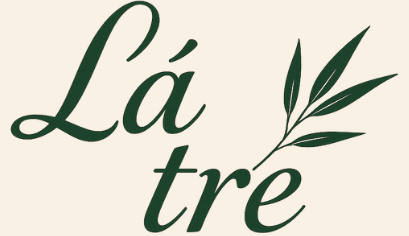Senryu Poems, often described as haiku’s witty cousin, offer a satirical and humorous take on the human condition. While sharing a common ancestor in the linked verse tradition of renga, senryu distinguishes itself from haiku by focusing on human nature rather than the natural world. This article explores the characteristics of senryu, comparing it to haiku, and showcasing examples of this delightful poetic form.
Contents
Senryu vs. Haiku: Shared Roots, Different Focus
Both senryu and haiku are traditionally unrhymed and consist of seventeen syllables in Japanese, a structure inherited from their shared origin, the renga. However, while haiku often includes a seasonal reference (kigo) and a “cutting word” (kireji) creating a juxtaposition of images, senryu forgoes these elements, opting for a more direct and often humorous observation of human behavior. Haiku seeks to evoke a moment of profound connection with nature, while senryu captures a snapshot of human experience, often with a touch of irony or satire.
The Essence of Senryu: Humor and Human Nature
The defining characteristic of senryu lies in its focus on human nature, often highlighting our foibles and contradictions with wit and humor. As scholar Makoto Ueda notes, senryu poets “keenly study various aspects of the human condition and report their findings in a humorous way.” This focus on human experience, combined with its concise form, makes senryu a powerful tool for capturing the essence of everyday life with a touch of playful observation.
Examples of Senryu: A Window into Human Experience
The following examples illustrate the range and wit of senryu, from classical masters to contemporary poets:
- Classical Senryu by Karai Senryu (the form’s namesake):
I grab the robber
and find I’ve caught my own son.
As a man fond of both
loose women and senryu—
please remember me.
-
Twentieth-Century Senryu (translated by Hiroaki Sato):
Out of a wildly hairy shawl a human head —Kyoko Shimoyama
The moment it blooms with full force it’s cut —Nobuko Inoue
In a sudden shower a woman covers her obi first —Sobaijo Sakai (obi: sash worn with kimono)
-
Contemporary Senryu:
A mockingbird
pecking at popcorn mocks
the old guy texting.
These examples, spanning centuries and cultures, demonstrate the enduring appeal of senryu. Its concise form and focus on human experience allow for a powerful and often humorous exploration of the everyday moments that make us human.
Senryu: An Accessible and Engaging Poetic Form
The simplicity and directness of senryu make it an accessible and engaging form for both readers and writers. Its focus on human experience resonates with our shared experiences, while its brevity allows for a quick, yet impactful, burst of poetic insight. Whether you are a seasoned poetry enthusiast or simply curious about exploring a new form, senryu offers a delightful and insightful glimpse into the world of human nature.
Exploring the World of Senryu
The world of senryu is rich and varied, offering endless opportunities for exploration and enjoyment. From the classical masters to contemporary poets, senryu continues to evolve and adapt, reflecting the ever-changing landscape of human experience. Whether you are seeking a moment of laughter, a flash of insight, or simply a connection to the shared human experience, senryu is a poetic form that is sure to delight and inspire. Delve into the world of senryu and discover the power and humor of this unique and engaging poetic form.
